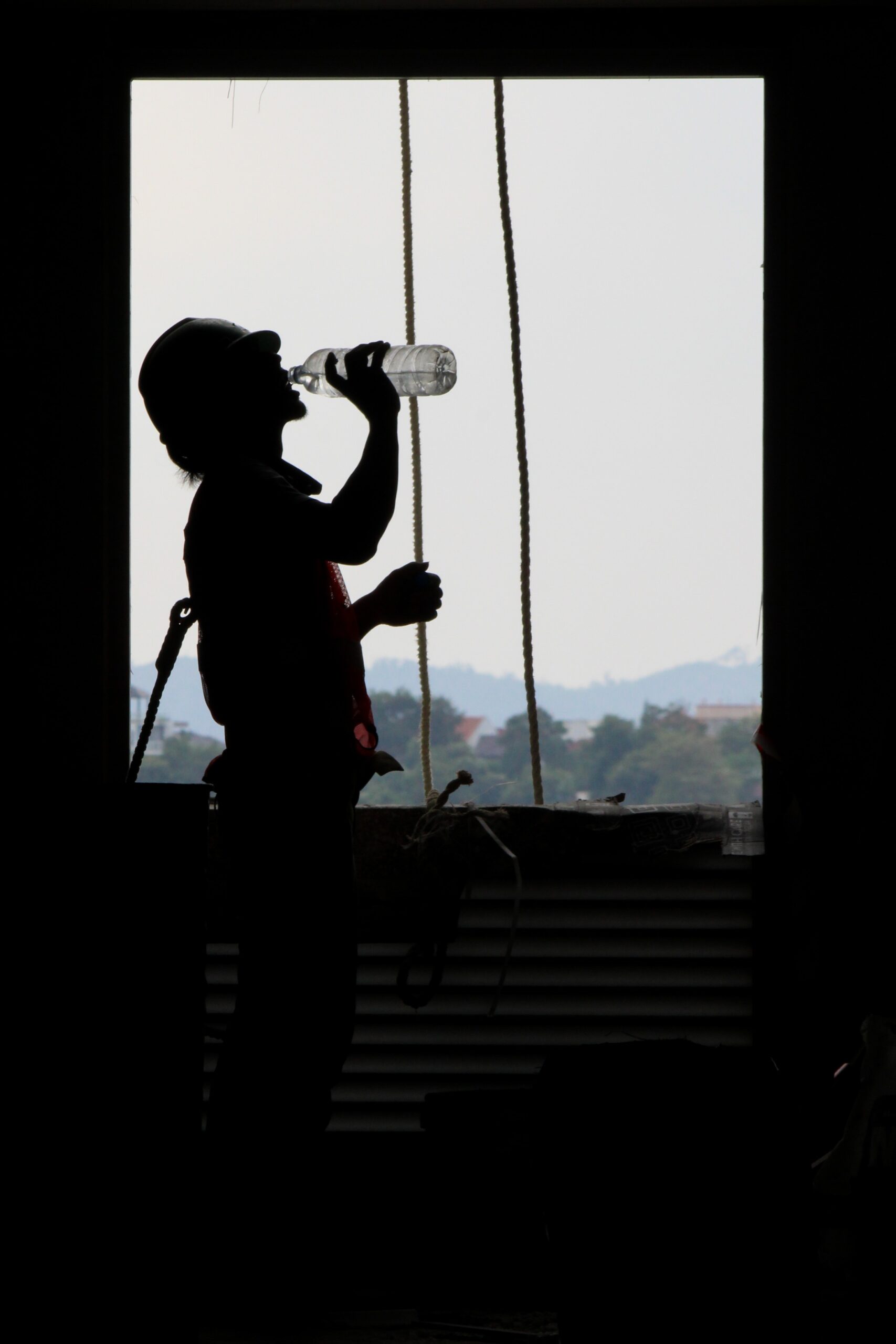AED stands for Automatic External Defibrillator. AEDs are used in cardiac emergencies like sudden cardiac arrest (SCA). You should always know how to use an AED in the event of an emergency situation. If a victim is suffering from Sudden Cardiac Arrest (SCA), and receives a shock within the first minute, there is a 90% survival rate.
Here are 10 tips for using an AED:
1. Where do the AED pads go on the adult?
Every AED model is different. Most AED kits come with 2 sets of pads. One set of AED pads is used for an infant and there is a set of AED pads used for the adult. AED placement for adults and infants is different. AED pad placement for adults is: one pad on the upper right portion of the chest and one pad under the left armpit. Make sure to keep the AED pads across from one another, as the AED pads should never touch each other.
2. Where do the AED pads go on the infant?
When dealing with an infant, you should put one AED pad on their chest and one on their back. People often ask, “What is the cut off age for an infant?” There is no set cut off age, so make sure you familiarize yourself with proper training to determine what size AED pad you should use on the victim.
3. Can I use an AED if it is raining?
AEDs are built for all weather conditions. You CAN use an AED if it is raining. First, be sure to dry the victim off and remove any wet clothing the victim is wearing. When using an AED it is important to always have the victim’s chest dry.
4. Can I use an AED if the victim has a pacemaker?
Yes, you can use an AED if the victim has a pacemaker. The implantable cardioverter-defibrillator, also known as a pacemaker, is located inside the body and works to correct cardiac arrhythmias. When you put the AED pads on someone who has a ICD, make sure the AED pads are not directly over top of the victim.
5. Will the AED tell me what to do?
Most Automatic External Defibrillators (AEDs), have audio or visual prompts. If you are using an AED, make sure to read the instructions and follow the commands the machine prescribes. The AED will give instructions to shock the victim if necessary.
6. Do I need to be certified to use an AED?
You should be certified if you use an AED. Good Samaritan laws protect lay responders who act within their scope of practice. If you choose to use an AED and you are not certified, you may be subject to lawsuits. AED certifications are built into CPR certification classes. You can always make a phone call to have properly trained personnel use an Automatic External Defibrillator.
7. How do I use an AED?
Most AED models have a button to turn the device on. The AED will most likely give visual and audio prompts after it is applied to the victim. You should never touch the victim when the AED is analyzing the victim. The AED detects heart activity and sends an electrical shock through the body, allowing the heart to reset itself. Some models like the ZOLL AED Plus have reference guides ready for your use.
8. Do AEDs expire?
AEDs should be serviced regularly. You should always stay up to date with local and federal laws when servicing your AEDs. AED pads should be replaced as well as the batteries.
9. How can I get certified to use an AED?
Getting an AED certification is a fairly easy process. You can sign up for classes online. We feel that it is important to take a hands on AED class that also has a lecture. The reason you should take the class in person is because you should always practice real world situations when becoming certified in using an AED.
Visit B42L.com to sign up for a class to become certified in CPR/AED/First Aid. You can also Google your local American Heart Association or American Red Cross. All B42L trainers are certified instructors through The American Red Cross.
10. Should I use an AED if someone is having a heart attack?
You should never use an AED if someone is having a heart attack. AEDs should be used when someone is suffering from Sudden Cardiac Arrest. The AED will not shock a person if it is not needed and it is important to get an Automatic External Defibrillator in case the victim’s condition gets worse.
The Cardiac Chain of Survival depends on early defibrillation. There are over 400,000 out of hospital victims of sudden cardiac arrest every year. Becoming prepared in the event of an emergency can save life.
Every minute that passes without the use of an AED is a 10% reduction in the chance of survival. If 10 minutes goes by without the use of an automatic external defibrillator and CPR and chance of survival is almost 0%.
Take a look at these stories where an AED helped save a life:
SRU student saves a life on campus
https://www.youtube.com/watch?v=4_iHFivnn-U&t=7s
Story Highlights: A victim was suffering Sudden Cardiac Arrest when performing theatre exercises. When the victim did not get up after an exercise, a student promptly acted. Samantha called 911 and used her certification to help save a life.
High school athlete suffers cardiac arrest during volleyball match
https://www.youtube.com/watch?v=4pzfYyTxPzU
Story Highlights: Clair Crawford was playing in her volleyball match when her chest had sharp shooting pain. Clair entered cardiac arrest in the middle of the game. Clair was revived by the use of CPR/AED by bystanders and tells her story.
Can I get Certified?
B42L offers certifications in CPR/AED and First Aid. Students also receive a discount for training. Sign up online to reserve a seat. B42L also has other resources for safety professionals in multiple industries. We travel to provide hands-on onsite training to businesses in the Pittsburgh Area.
Visit B42L.com to save your seat and check out other safety resources.
Was this helpful? Leave a comment and connect with us on social media or you can visit our website at B42L.com.






Thank you for sharing this informative content. The demand for implantable defibrillators is expected to increase globally during the forecast period due to the rapid increase in the geriatric population and the rise in the incidence of sudden cardiac arrest. However, factors such as lack of awareness towards the advantage of using implantable defibrillators, high cost of implantable defibrillators, and unfavorable reimbursement policies are anticipated to hamper the
market growth.